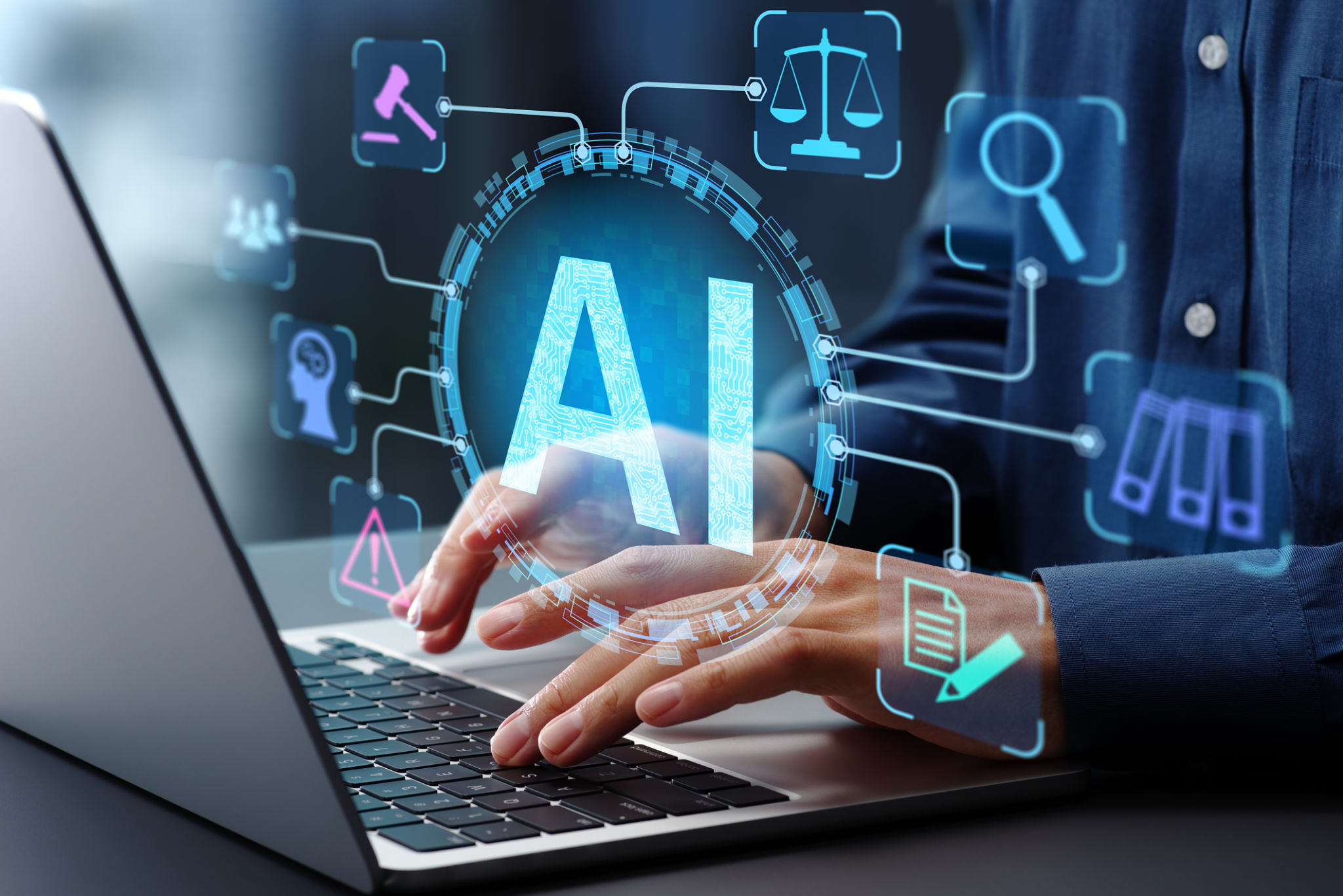Top Trends in AI Training: What to Expect and How to Prepare
Understanding the Rise of AI Training
The field of artificial intelligence is evolving rapidly, and staying up-to-date with the latest trends in AI training is crucial for businesses and professionals. As AI continues to integrate into various industries, understanding how to train these systems effectively is key to leveraging their full potential. In this blog post, we will explore the top trends in AI training, what to expect in the coming years, and how you can prepare for these advancements.

Emphasis on Data Quality
One of the most significant trends in AI training is the increased focus on data quality. High-quality data is essential for training AI models effectively, as it directly impacts their accuracy and reliability. Organizations are investing more in data cleaning and preprocessing methods to ensure their AI systems are trained on the best possible datasets. This shift emphasizes the importance of data governance and management in the AI training process.
To prepare for this trend, businesses should implement robust data management strategies and invest in tools that enhance data quality. Regular audits and updates to data sources can help maintain the integrity of the information used in training AI models.
Incorporation of Transfer Learning
Transfer learning is becoming increasingly popular in AI training, allowing models to leverage pre-trained knowledge to solve new tasks with less data. This approach significantly reduces the time and resources required for training, making AI development more accessible and efficient.

Companies can prepare by investing in platforms and tools that support transfer learning frameworks. By utilizing these resources, businesses can accelerate their AI development cycles and achieve better results with less effort.
Focus on Explainable AI
As AI systems become more complex, there is a growing demand for explainable AI (XAI). This trend focuses on making AI models more transparent and understandable to humans, ensuring that the decision-making process is clear and justifiable.
To align with this trend, organizations should prioritize the development of AI models that are interpretable and easy to understand. Investing in XAI tools and techniques will not only enhance transparency but also build trust with stakeholders and end-users.

Integration of Ethical AI Practices
Ethical considerations are becoming a fundamental part of AI training. Ensuring that AI systems are fair, unbiased, and respectful of user privacy is paramount. The integration of ethical AI practices is essential for maintaining public trust and avoiding potential legal issues.
Businesses should develop ethical guidelines and frameworks that govern their AI training processes. Regular training sessions and workshops on ethical AI can help teams understand the importance of these practices and implement them effectively.
Adoption of Continuous Learning
Continuous learning is a trend where AI systems are designed to learn and adapt in real-time, improving their performance as they receive new data. This approach is crucial for applications that require constant updates, such as cybersecurity and personalized recommendations.
To prepare for this trend, organizations should invest in AI architectures that support continuous learning and real-time data integration. By doing so, they can ensure their AI systems remain relevant and effective over time.

In conclusion, staying ahead of the curve in AI training requires an understanding of these emerging trends and a proactive approach to preparation. By focusing on data quality, embracing transfer learning, prioritizing explainable and ethical AI, and adopting continuous learning, businesses can harness the full potential of AI technologies and drive innovation in their fields.